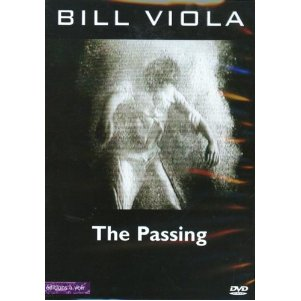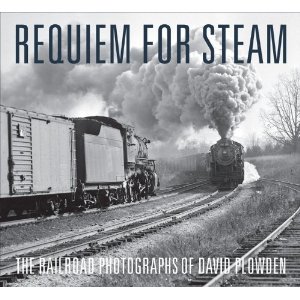
Bill Viola makes video art that is haunting, beautiful, and unsettling. He often includes water in his images, placing his camera deep underwater to capture a person floating downward, focusing on a lone figure at the edge of a lake, using a sheet of water as a scrim through which people pass and transform.
Viola traces his fascination with water way back to a summer afternoon when he was six years old, on vacation with his family on Trout Lake in New York State. He was out on the raft in the middle of the lake and jumped in, but forgot to grab his inner tube and sank to the bottom like a stone.
“After some time – I don’t know how long – my uncle dove in and grabbed me and saved me and I was sputtering and crying, but I had glimpsed another world that stayed with me for my whole life. I can still see it now and feel it – it was the most peaceful experience I ever had. A place I wanted to stay in, I had no fear even though I was drowning. And it was a place I try to get back to my whole life. I guess I do that through all this water imagery.
“At that point, I was young, I was 6 years old, it’s already programmed into the operating system at that point. It’s pretty deeply situated in there, and I do to this day firmly believe in a level of reality and experience beneath the surface world that we live in, that we’re talking from right now. I do believe in the existence of this other world, whatever you want to call it, whatever religious connotation you want to put on it, there is more to the wolrd and to life than meets the eye.”
In Spark, so many creative people describe a childhood moment that was accidental, unexpected, and yet sparked their adult work. What was yours? Post a comment, it would be wonderful to hear your story.
Watch the Tate’s video about Bill Viola’s beautiful Ocean Without a Shore.
Purchase Bill Viola’s The Passing here.

